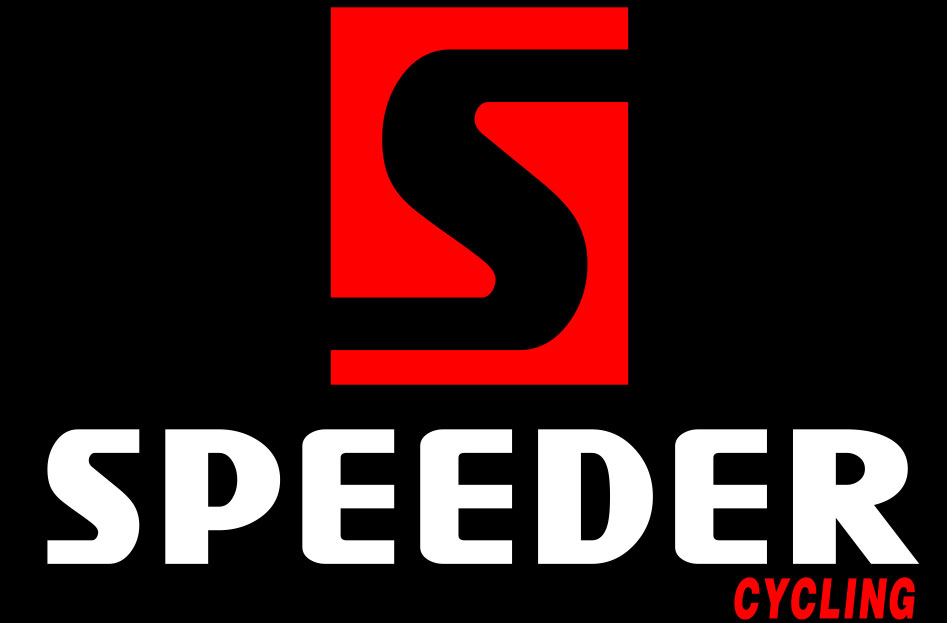Bike Frame Materials |
02-Apr-2013 |
Manufactory uses about 5 kinds of materials to build the bicycle .They are as follows:
Alloy:
Confusingly in the bike business, alloy means specifically aluminium alloy. An alloy
(technically) is a metal with other things added to improve some of it's properties.
Lots of mass production bikes are now being made out of aluminium alloy. The manufacturers
say they do it because it is light - it is, but not really any lighter than a good steel.
One reason it is becoming very popular is that aluminium tubes are thicker than steel,
so are easier for computer controlled robots to weld. It doesn't rust, although road salt
can make it go a bit funny. It is also nice and shiny! Aluminium can feel rather harsh to
ride, though - it is very stiff, but the newer good alloys are addressing this problem.
You should be aware that aluminium has a limited life - aluminium frames usually have a
guarantee of five years maximum as they fatigue.
Steel:
What bikes are traditionally made of. There are lots of different grades of steel used for
making bikes, from solid but-heavy exhaustpipe tubing to really high tech alloys which are
extremely light and strong. Steel is going out of favour because all but the cheapest stuff
is too thin for robots to weld - highly skilled humans are needed instead. Good steel frames
can still cut it with the best though. Steel has a bit more of a spring in it than aluminium -
the ride will be less harsh. Steel frames will rust, but if looked after can last a lifetime -
steel does not fatigue like aluminium.
Titanium:
The dream material! It is lighter than almost anything else used for bike frames, very strong,
does not rust, does not fatigue, and produces very responsive bike. So what's the catch? Titanium,
while relatively cheap by itself, is very difficult to cut and weld, so titanium frames are
expensive.
Carbon Fibre:
Also called a composite, this is a mixture of a matting of carbon threads and epoxy resin - like
fibreglass but using carbon threads instead of glass. Carbon fibre is strong and light, and because
the manufacturer can decide which direction the fibres go, the carbon frame can be made stiff in one
direction and springy in another. Because all these layers need to be bonded together properly though,
it is expensive, and it can also be quite delicate.
Magnesium:
This has been used for components and things like suspension forks for a while, and is now just starting
to be used for frames. It is lighter than aluminium and just as strong. Some magnesium alloys have been
a bit brittle, but this material is too new to give any long-term durability advice.
